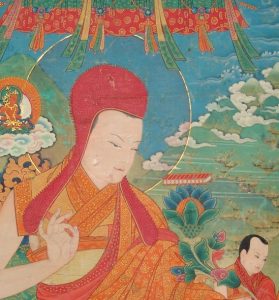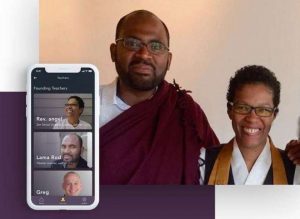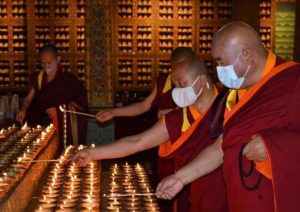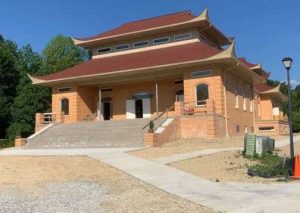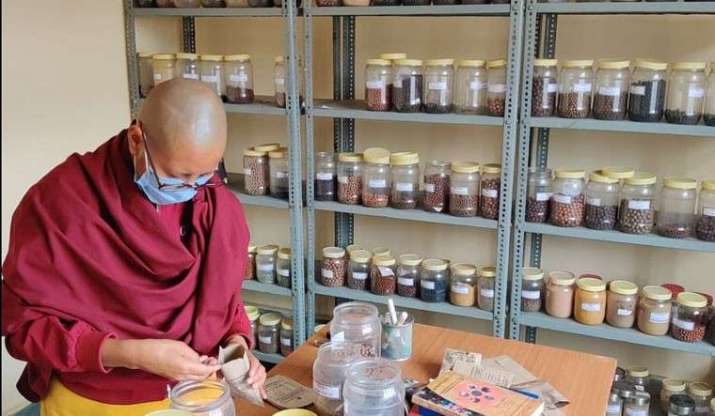
India and the People’s Republic of China are in an ongoing dispute over who can lay claim to Sowa-Rigpa, a 2,500-year-old Buddhist system of traditional medicine.
Last year, India applied for the conservation of Sowa-Rigpa at the United Nations Educational, Scientific and Cultural Organization (UNESCO), asserting that the ancient system is part of the nation’s Intangible Culture Heritage. This claim was quickly refuted by the Chinese government, which argued that Sowa-Rigpa originated in Tibet.
At the core of this conflict is the decades-long territorial dispute over the Indian union territories of Jammu and Kashmir, and neighbouring Ladakh, where Sowa-Rigpa is widely practiced. While Jammu and Kashmir and Ladakh are administered by India as union territories, both India and China maintain a military presence in the region. Beijing referred to this conflict at UNESCO while making its claim to the ancient system of medicine.
“As per UNESCO guidelines, China cannot raise territorial disputes at the forum,” said Dr. Padma Gurmet, director-in-charge at the Leh-based National Research Institute for Sowa-Rigpa. “We have submitted a lot of evidence in the form of Buddhist literature to prove that Sowa-Rigpa originated in India and was introduced to the trans-Himalayan region around the eighth century.” (The Week)
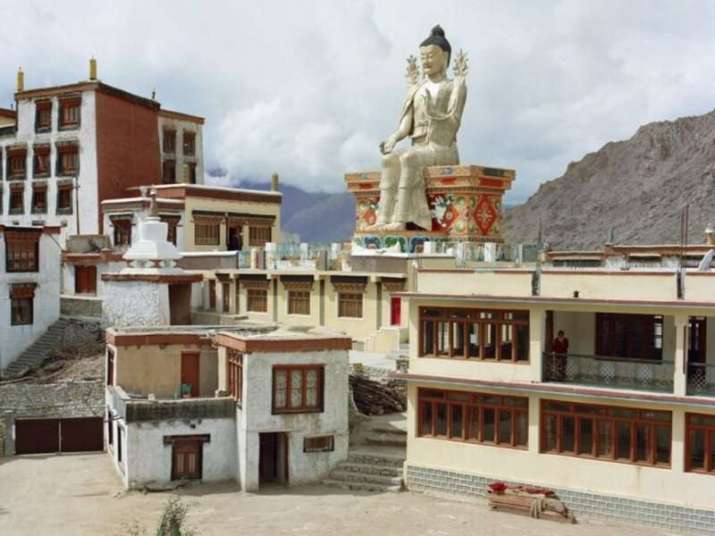
Amitabh Mathur, former adviser on Tibetan matters to India’s home ministry, noted: “The Tibetan Buddhist traditions are regarded to be a continuation of the Nalanda tradition. While China is trying to show that it is a Tibetan invention, the fact is that Buddhism was introduced into Tibet by great Indian masters like Shantarakshita and Padmasambhava.” (The Week)
Sowa-Rigpa, which can be translated into “the science of healing,” is based on Buddhist scriptures and follows principles similar to those found in Ayurvedic medicine. When it comes to diagnosing illnesses, the traditional medical system uses techniques such as analyzing a patient’s pulse and urine. Much like Ayurvedic medicine, it places a strong emphasis on dietary and lifestyle modification to treat illnesses, as well as on the use of natural materials such as herbs and minerals and physical therapies.
After India declared Ladakh a union territory in October last year, one of the first decisions made by the Union Cabinet was to establish the National Institute for Sowa-Rigpa (NISR) in Leh, joint capital of Ladakh.
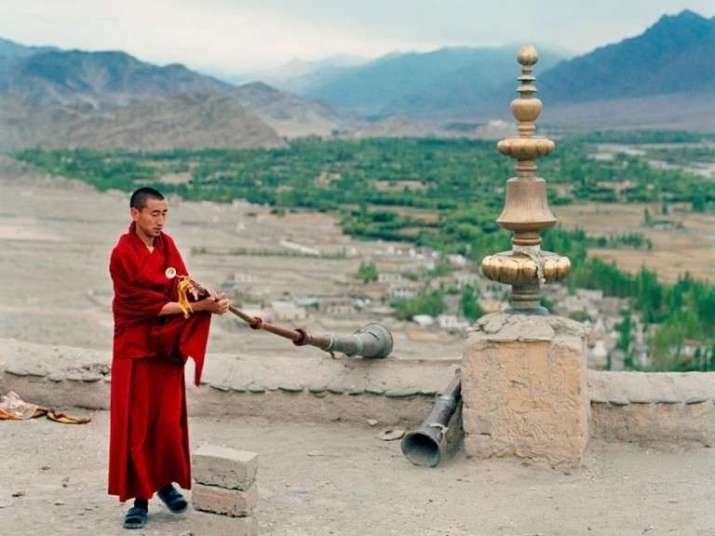
According to the Jammu and Kashmir-based news website The Dispatch, the establishment of the NISR has created more opportunities for students of India and other countries to study the ancient system of medicine. It has also added imetus to a revival of Sowa-Rigpa in the Indian sub-continent, something that the central government has proactively worked toward.
It is estimated that 50–100 patients receive treatment daily in the outpatient ward of the NISR, and the institute has provided the Indian government with draft guidelines for prevention of the novel coronavirus (SARS-CoV-2) pandemic that are currently awaiting approval.
China, meanwhile, is also said to be using Sowa-Rigpa knowledge to fight COVID-19. “As per reports, the Beijing Hospital of Tibetan medicine has prepared the ‘nine-flavour epidemic formulation’ and distributed it to the affected areas,” said Dr. Gurmet. (The Week)
See more
War without arms (The Week)
India to contest Chinese claim over Buddhist traditional system of medicine Sowa-Rigpa in UNESCO (The Dispatch)






